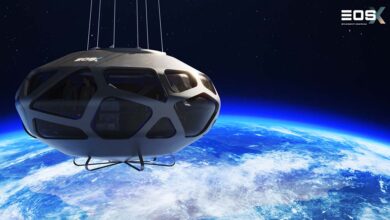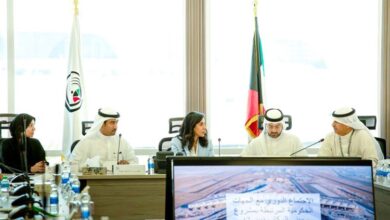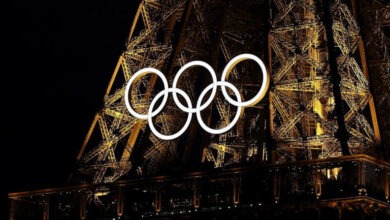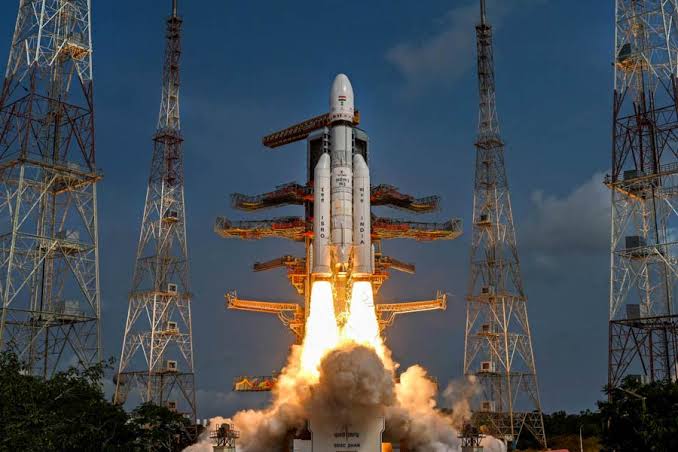
“Hearty congratulations to the people India for the lunar victory of Chandrayaan3”– India’s historic lunar landing was met with a unique and culturally resonant gesture as the United States, one of the longstanding partners of India in space collaborations, congratulated the Indian Space Research Organisation (ISRO) in Hindi.
“India ke logon ko, Chandrayaan 3 keVikram ke lander ka Chaand ki satah par kamyabi se utar ne par dil se badhai“ flowed the words in chaste Hindi from United States.
The message when translated is one of congratulations to the people of India as the Vikram Lander of Chandrayaan 3 lunar mission touched the surface of moon’s South Pole successfully.
India and the US have forged a strong partnership in the realm of space exploration with governments of both nations agreeing to work more closely together in spaceflight, while New Delhi and Washington have gone from apprehension to close collaboration on the development of India’s space programme.
Recently, US Ambassador to India Eric Garcetti, while delivering keynote address at the ‘US-India Commercial Space Conference: Unlocking Opportunities for US Industry and Indian Space Startups‘, noted that the programme was just one of the many ways the US and India are moving forward to expand space cooperation into the stratosphere.
The US-India Commercial Space Cooperation Conference held in Bengaluru recently was a space industry gathering focused on joint space exploration, launching satellites, and training astronauts.
This week, Eric Garcetti visited Bengaluru, the epicentre of India’s space research, to meet with space sector business leaders and entrepreneurs to spotlight robust economic and commercial relations between Washington and New Delhi that will transform the coming century, from the seabed to the stars.
Besides, the US Ambassador, along with US Consul General Chris Hodges, held a meeting with ISRO chairman S Somanath and discussed space collaboration, including the NASA-ISRO Synthetic Aperture Radar mission or NISAR, the biggest cooperation between the US and India in civil space.
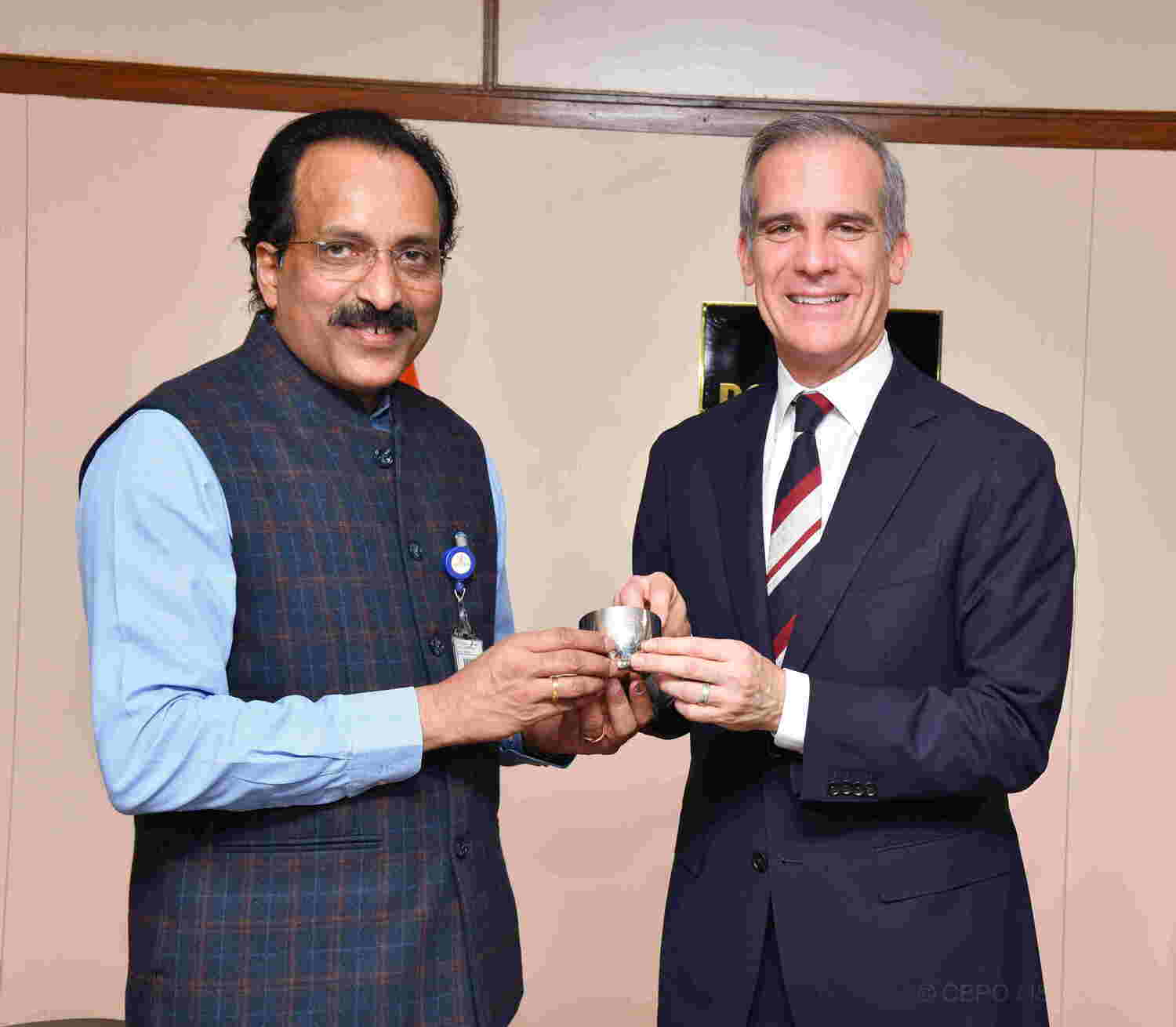
Garcetti announced the upcoming launch of the NISAR satellite from ISRO’s Satish Dhawan Space Centre to monitor Earth’s resources.
The US envoy said NASA will soon provide advanced training to Indian astronauts for a joint mission to the International Space Station (ISS), adding that the mission could happen this year or shortly thereafter.
The ambassador also emphasized the collaboration between the US and India in space exploration and job creation in the sector.
According to a statement from the US embassy, Ambassador Garcetti’s inaugural visit to Bengaluru underscored the shared commitment of the United States and India to leverage technology and innovation for societal progress, laying the foundation for enhanced collaboration and strategic partnerships in commercial space exploration.
Atul Keshap, the president of United States-India Business Council (USIBC) has described the collaboration as a new chapter in US-India space partnership, while USIBC managing director Alexander Slater highlighted the importance of strategic partnerships in driving innovation.
India and the United States have had a long and successful association right from the birth of Indian National Committee for Space Research (INCOSPAR) in 1962, and the engineers and scientists of INCOSPAR (now ISRO) were trained at NASA’s Goddard Spaceflight Centre and Wallops Island facility for sounding rocket launch during 1963.
In 1963, India first launched a US-manufactured sounding rocket (sometimes called a “research rocket”) from Thumba in Kerala’s Thiruvananthapuram to study the atmosphere above Earth’s magnetic equator.
Over the next 12 years, India got help from the US and other nations to build and launch more than 350 sounding rockets from Thumba launch site, which has become a major site for meteorology and atmospheric research, providing valuable information about how the systems of our Earth interact – information that is increasingly important in the face of climate change.
Seven years later, in 1969, INCOSPAR transformed into ISRO, and in the 1970s, ISRO and NASA conducted the Satellite Instructional Television Experiment (SITE), which used NASA’s first direct broadcasting satellite to beam television programmes to more than 2,400 villages across India.
The SITE programme later led Indian space scientists and engineers to design and develop their own state-of-the-art multipurpose communications satellite in the 1980s – the Indian National Satellite (INSAT), which is now the largest domestic communication system in the Asia Pacific Region with nine operational satellites in orbit.
As per records, the first four INSAT satellites were developed by US industry, and three of them were put into orbit by US launch vehicles.
This early relationship between US and India has developed into a robust partnership exemplified by scientific exchanges and joint projects.
India’s first mission to the moon, Chandrayaan-1, was launched successfully in October 2008, and the spacecraft carried several scientific instruments built by international partners, including two by NASA.
NASA’s Jet Propulsion Laboratory provided navigation and communication support to ISRO’s Mars Orbiter Mission (MOM), showcasing yet again how these two nations can work together effectively on complex challenges.
In September 2015, for the first time India launched a rocket carrying US satellite.
The US and India also have a deep, cooperative relationship in weather systems and applications, which rely heavily on space technologies, while weather agencies of these two countries maintain a long-standing data sharing agreement.
According to reports, India continues to enhance a weather forecasting model developed by the US government, while the South Asian nation also provides data, technical assistance, and financial support to the monsoon desk at the US National Weather Service.
The cooperation between India and the United States in the space sector has undergone various ups and downs, with significant consequences for India.
However, rising global threats and challenges have warranted closer space ties between India and the US. It benefits India greatly while also ensuring that the US gets a balancer to China in the form of a rapidly growing economic and space power.
Recently, senior defence officials from India and the United States met in Washington for the second annual US-India Advanced Domains Defence Dialogue (AD3) to discuss strengthening space cooperation and potential collaboration with US industry, according to reports.
In the dialogue, representatives from both nations agreed to advance AD3 through regular working group discussions and engaged with various US defence entities.








